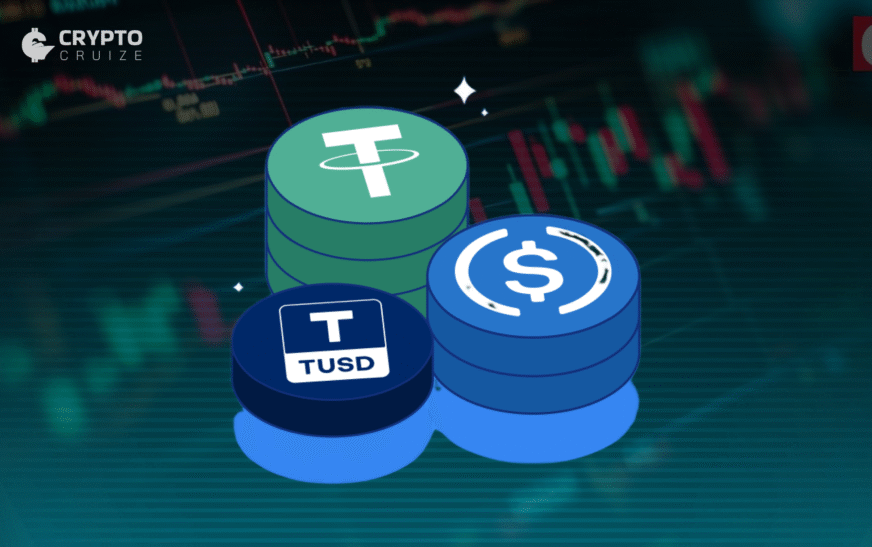The stablecoin market has just crossed a major milestone, surpassing a $250 billion market cap. This surge comes at a crucial time, as the U.S. Senate officially passed the amended GENIUS Act, a federal bill that paves the way for stablecoin regulation across the country.
With policy clarity now on the horizon and major Wall Street institutions entering the space, the stablecoin sector is rapidly transforming from a niche crypto solution into a mainstream financial tool.
Regulation Sparks Stablecoin Growth
For years, stablecoins pegged to the value of traditional currencies like the U.S. dollar have operated in a grey area. That’s about to change. The GENIUS Act, which now moves to the House for final approval, sets up a clear legal framework for stablecoin issuers. If passed, it will likely be signed into law by President Trump before the August recess.
The bill outlines key requirements such as reserve backing, operational compliance, and licensing pathways for banks and fintechs. It will allow both federally chartered banks and licensed financial entities to issue their own stablecoins marking the first time traditional financial institutions will be able to directly compete with crypto-native issuers.

According to Treasury Secretary Scott Bessent, the act represents “a landmark step toward responsible innovation,” and many in the crypto sector see it as a game-changer for the future of digital assets.
Stablecoin Market Hits $250 Billion Milestone
With this regulatory clarity in sight, investor confidence is booming. The total market value of stablecoins has now exceeded $250 billion, according to data from Delphi Digital. Over ten different stablecoins now have a circulating supply of more than $1 billion.

The market remains dominated by Tether (USDT) and Circle’s USDC, which together account for 86% of all stablecoins issued. Tether alone commands over 75% of market share, while USDC holds around 11%.
However, newer entrants like Ethena’s USDe are gaining momentum quickly. USDe, which offers DeFi-native yield, has already reached nearly $6 billion in issuance. Its rapid growth reflects rising demand for stablecoins that not only hold value but also generate passive income through yield farming or staking.
A key factor behind this surge is the growing use of stablecoin reserves to buy short-term U.S. Treasury bonds, currently amounting to over $120 billion. This has blurred the lines between traditional finance (TradFi) and decentralised finance (DeFi).
Wall Street Joins the Stablecoin Race
With regulation nearly locked in, Wall Street isn’t waiting. More than a dozen global financial giants, including JPMorgan, Bank of America, and Citigroup, have already filed for licenses or announced their own stablecoin plans.
These institutions aim to use stablecoins across a wide range of sectors, from cross-border payments and international payroll, to retail transactions and tokenized settlement systems. Essentially, they are betting that stablecoins could soon replace outdated systems like SWIFT by offering faster, cheaper, and more secure global transfers.
Experts see this as a “Stablecoin Gold Rush”, driven by strong user demand, high yields, and a now-favourable policy environment.
From Crypto Niche to Financial Backbone
What began as a crypto tool for trading and arbitrage has now become a global financial bridge. In countries with weak currencies or unreliable banking systems, such as Venezuela or Zimbabwe stablecoins are already used for daily transactions and savings.
Meanwhile, in developed markets, they are becoming the preferred choice for businesses and individuals looking to move money faster and cheaper than traditional banking allows.
With mainstream adoption accelerating and regulation finally catching up, many analysts including Treasury officials believe the stablecoin market could grow to trillions of dollars in the coming years.
What’s Next?
The final vote in the U.S. House will determine whether the GENIUS Act becomes law. If it passes, the U.S. will become the first major economy to fully regulate stablecoins, giving both investors and institutions the clarity they’ve long been waiting for.
In this new era, stablecoins could become as common and trusted as credit cards or online banking apps used not just in crypto markets, but everywhere from supermarkets to cross-border business deals.




















































